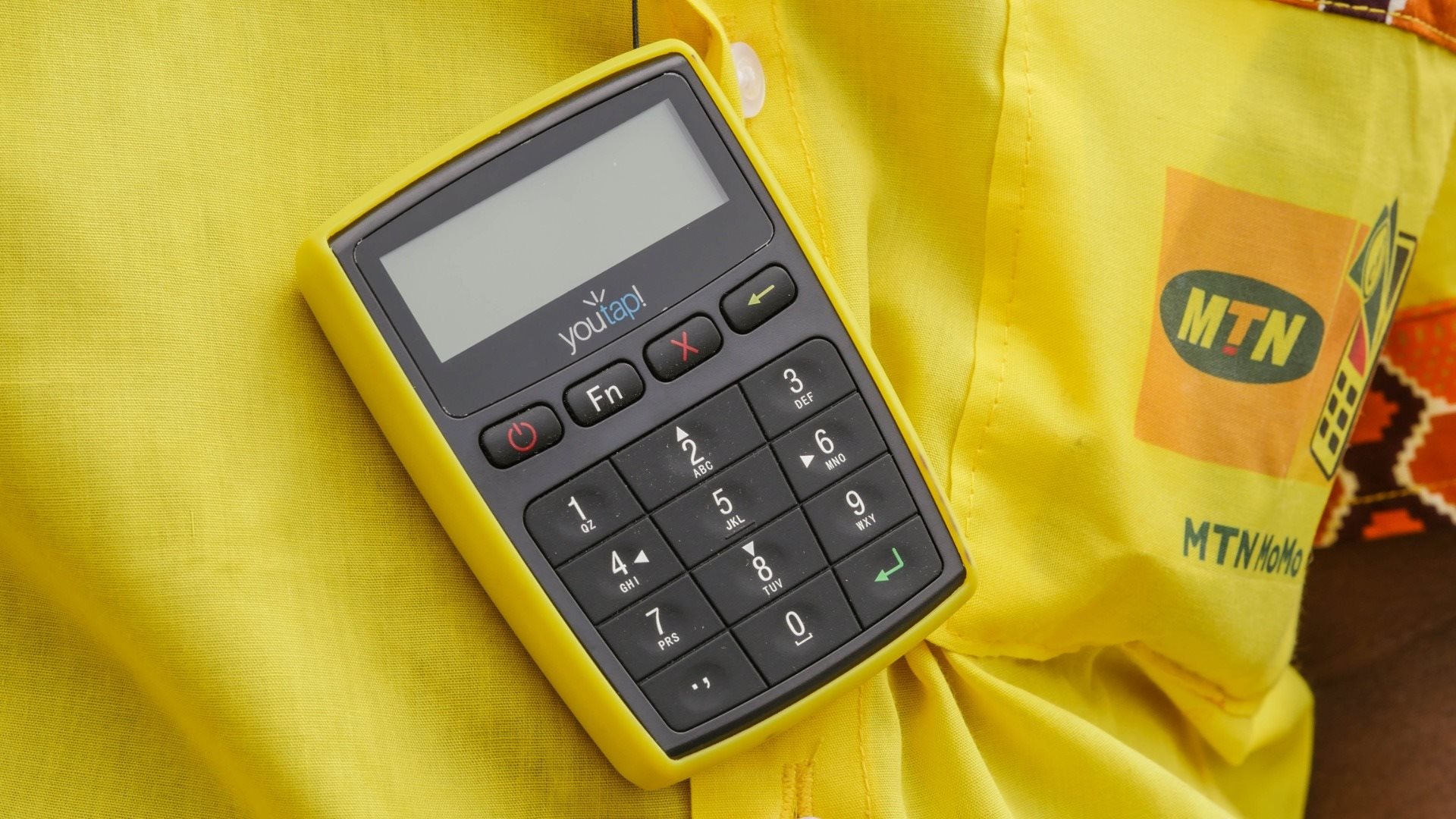Changing the habits of Zémidjans through their mobile phones - Part 2
Ruth Thiemele-Kadjo, Consultant & Lisa Chassin,Partner DFS & Financial Inclusion
PHB Development
Bery Dieye Kandji, Knowledge Management and Communication Consultant, UNCDF-MM4P
Tags

Between the Zem project’s design and its implementation, there had to be some adaptations to realities on the ground. Three main lessons were learned from the project:
1. Ensure a simple, reliable and smooth user experience to encourage uptake
User experience is at the heart of a digital shift. A solution must be simple, efficient and tailored to the realities of the user. With this project, a number of problems with customer experience hindered the implementation of the two pilot schemes.
Technical problems encountered in using a digital solution are barriers to user enthusiasm and confidence—even more so when the target group is not accustomed to technology. The payment component of the project confirmed this idea. Faults with Zems’ NFC devices often led to a preference for the USSD option to receive payment, but that option required several steps to confirm payment. A slow connection to the MTN telecom network also resulted in impatient customers and embarrassed Zems when they had to wait for transaction confirmation.
For the tontine component, the time allowed at each stage of the USSD session to deposit money was too short, forcing a subscriber to restart the transaction several times. In addition, to make the digital tontine app easy for Zems to use, many elements of traditional tontine were removed. For example, the system of advances or the option for the Chair of the tontine to invest the money collected (common practices in conventional tontine) were not incorporated into the digital solution. The lack of these features presented a serious barrier to adoption of the service. A Zem participating in the evaluation of the pilot explains,
“When a member needs money for an emergency, with digital tontine, you can’t help him because you can’t use the guarantee fund.”
It is important that the tontine’s traditional uses be retained during its digital transformation. The digital version must offer improvements, while maintaining a simple and functional user experience, to encourage adoption. There are plans to introduce a guarantee fund in the new version of the app.
2. Build on success stories to create a payment ecosystem
Zem Chocos ran into problems using mobile money for payments. In a country where the rate of active usage of electronic money services was estimated at 39 percent at the end of December 2018,b the practice of using electronic money for purchases has not yet become commonplace. One of the project’s objectives was to develop a payment ecosystem in which Zems could also pay their suppliers (food vendors, mechanics, etc.) via mobile money.
However, Zems’ use of merchant payments has been limited to a few purchases of medicines at pharmacies or service stations. Most of the Zems’ suppliers are in the informal sector, and few of them accept mobile money payments.
It will take time to develop user confidence in electronic money. However, the pilot highlighted some interesting new practices, such as customers regularly using Zems as drivers to take their children to school or to deliver their shopping orders. These practices have inspired MTN to adapt the payment component to give customers the option of booking a Zem in advance, getting shopping done, etc.
3. Remember that changing behaviour requires patience and flexibility
Using mobile money is still a new practice for most of the population in Benin, conducting merchant payments even more so. Many customers are afraid of being scammed. The pilot evaluation showed that Zems who had a positive experience in terms of payments were only processing mobile money payments with their regular customers.
Zems had a great deal of work to do in the area of education in order to gain the confidence of their customers. For the tontines, this educational work fell to the Chairs. Consequently, there is a great need for educating and awareness-raising in the population, through communication campaigns. Using Zems as the only promoters and information channel is insufficient for effective customer uptake.
Once confidence is established, mechanisms must be put in place to ensure the service is adopted and regularly used. It could be done through short-term incentives such as bonus telephone credit, both for customers and Zems. In the medium to long term, more sustainable mechanisms need to be developed such as loyalty programmes for customers and Zems that would grant rewards or discounts on journeys once a certain number have been taken and/or entry into lotteries, with different levels of loyalty providing access to different rewards, etc.
Building a digital ecosystem for payments and services requires changing customer habits. Doing so is a long process that must be undertaken step by step, identifying and building on successful services and raising awareness within the population. The pilots undertaken have been a part of that process and have enabled MTN to improve services as results have emerged. Hermann Ahouandjinou, Manager of the Sales and Distribution Division at MTN Mobile Money Benin, explains,
“MTN is a strong brand: people have put their trust in the sales representatives who have raised their awareness of the products piloted. We now need to build on this progress, by integrating the features customers have requested and extending access to the products throughout Benin. We are also considering partnership opportunities, such as with microfinance institutions for the tontine scheme or with motorbike dealers for the payment scheme, to increase the scope and relevance of our products.”
With these new options that contribute to the achievement of the UN Sustainable Development Goals, Zémidjans and Beninese will benefit even further from digital opportunities, including online tontine, to improve their financial health and economic development.